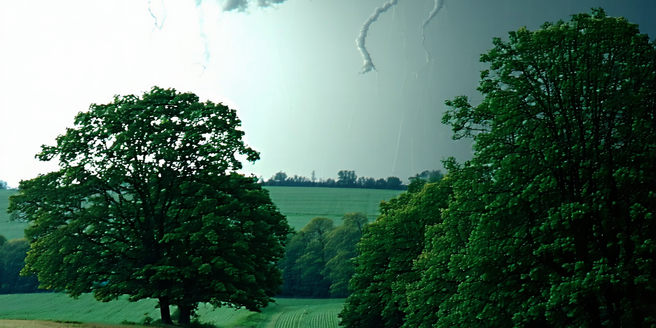
Understanding Weather Fronts: A Basic Overview
Weather fronts are essential components of atmospheric science, marking the boundary where two air masses with different temperatures and humidity levels meet. These meteorological phenomena occur at various latitudes and significantly influence weather patterns around the globe. There are four main types of fronts: cold, warm, stationary, and occluded, each with distinct characteristics and effects on local weather. Cold fronts bring sharp temperature drops and intense precipitation, while warm fronts result in gradual temperature increases and less severe rain. Stationary fronts can lead to prolonged periods of precipitation, and occluded fronts typically mark the dissipation stage of a storm system. Understanding these basic concepts is crucial for meteorologists when predicting weather changes and issuing accurate forecasts, aiding in disaster preparedness and response.
The Role of Frontogenesis in Atmospheric Dynamics
Frontogenesis plays a crucial role in atmospheric dynamics by intensifying the contrast between air masses. This process not only enhances the temperature gradient but also generates uplift, leading to cloud formation and precipitation. Frontogenesis occurs when converging air masses of different temperatures and humidities interact, sharpening the boundary dividing them. This leads to increased instability and the development of significant weather events, such as storms and cyclones. By studying frontogenesis, meteorologists can better understand precipitation patterns and severe weather, as it often triggers the development of strong convection and turbulence. These insights are vital for improving weather prediction models and ensuring public safety in the face of intense weather systems, such as those impacting aviation routes and agriculture dependency on weather conditions.
Types of Weather Fronts and Their Characteristics
Weather fronts come in various types, each with unique characteristics that affect local and global climates. Cold fronts are typically fast-moving and accompany a sharp drop in temperature and pressure, resulting in heavy rainfall and thunderstorms. In contrast, warm fronts move more slowly and bring steady, lighter precipitation, often covering a larger area. Stationary fronts occur when a cold and warm air mass meet but do not advance, often causing prolonged periods of cloudiness and precipitation. Occluded fronts form when a cold front overtakes a warm front, lifting the warm air off the ground completely, commonly marking the final stage of a cyclone. Understanding each front type is essential for meteorologists, as it aids in predicting shifts in climate patterns and advising on necessary preparations for affected regions.
Frontogenesis: Influencing Local and Global Climates
Frontogenesis significantly impacts both local weather events and broader climate trends. It can intensify thunderstorms and facilitate the development of cyclones, hurricanes, and other severe weather systems. On a local scale, frontogenesis can bring drastic weather changes, such as a cold front leading to sudden drops in temperature and increased precipitation. These abrupt changes are often closely monitored by meteorologists to provide timely warnings. On a global scale, frequent frontogenetic processes in certain regions might alter climate patterns, impacting agriculture, water resources, and ecosystem health. By studying frontogenesis, scientists can better understand the distribution of weather systems and their long-term implications on global climates. This knowledge is vital for addressing climate-related challenges, developing strategies for weather adaptation, and fostering greater resilience against climate variability.
The Importance of Studying Frontogenesis in Meteorology
Studying frontogenesis is imperative for advancing meteorological science and improving prediction accuracy. Accurately understanding frontogenesis enables scientists to better predict where and when significant weather events, like storms and precipitation, will occur. This can enhance public safety by providing timely warnings, reducing the risk of damage from severe weather phenomena. Advanced research also aids in refining climate models, offering insights into the mechanisms driving weather patterns and climate changes. Knowledge of frontogenesis contributions extends to numerous fields, such as agriculture—where weather impacts crop yields—and emergency management, where preparations hinge on accurate forecasts. Overall, the importance of frontogenesis research can’t be overstated, as it fosters resilience against natural disasters and underpins comprehensive meteorological education and practice.
